The machining process characteristics of cylindrical spur internal gears and the selection of gear shaping cutters
Publication time: 2020-05-28 Website: https://ptogearboxes.com Edit: EP
The characteristics of the machining process of cylindrical spur internal gears and the selection of gear shaping cutters are as follows, for reference.
4 characteristics of internal gear shaping:
1,Internal gearThe gear shaper is equivalent to the meshing of a pair of internal gears. Compared with the external gear, the coincidence degree is larger. That is, in the gear shaping process, the gear shaper cutter participates in the cutting of more teeth at the same time. Therefore, when choosing the cutting amount, compare Small when inserting external teeth.
2. During the processing of internal gears, avoid the non-involute part of the root of the gear shaper from participating in meshing, resulting ingearThe interference phenomenon of the end cutting; at the same time, the end cutting of the gear caused by the radial feed of the gear shaper should be avoided.
3. When cutting internal teeth, due to the difficulty of chip removal, the flow direction of the chips must be considered, especially when machining the internal teeth of the hollow hole, which is more prominent.
4. The rotation direction of the tool is the same as the rotation direction of the internal teeth. During processing, the rotation direction of the worktable should be changed.
Selection of internal gear shaper cutter:
When machining internal gears, in order to avoid end cutting, a gear shaper with a certain number of teeth can only be used to cut gears with a number of teeth greater than Zmin.This is the minimum number of teeth Zmin allowed for the workpiece to be processed, as shown in the figure.

If end-cutting occurs during processing, it can be avoided according to the following methods:
1. Reduce the displacement coefficient of the gear shaper cutter.
2. Reduce the number of teeth of the gear shaper.
3. Change the modification coefficient of the gear pair.
4. Increase the tip circle radius of the internal gear.
The figure below is a diagram of the conditions under which the end-cut phenomenon does not occur.

The abscissa is the difference between the number of gear teeth and the number of gear shaping cutter teeth.which is .On the upper left side of the curve, the gear end cuts, and on the lower right side of the curve, no end cut occurs.
.On the upper left side of the curve, the gear end cuts, and on the lower right side of the curve, no end cut occurs.
 Ever-Power Group
Ever-Power Group
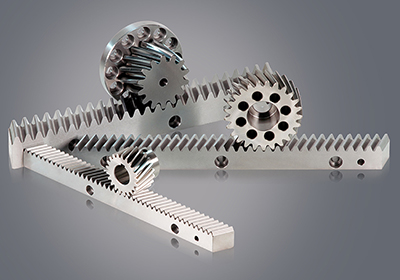
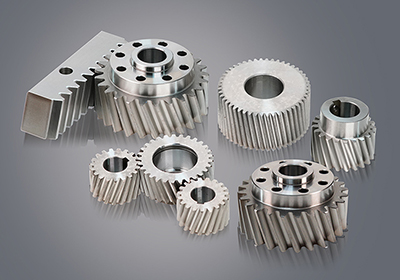
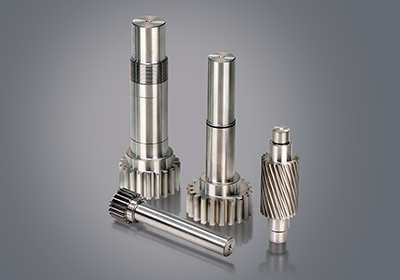
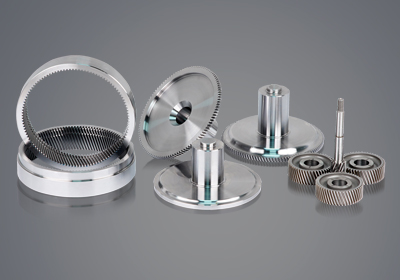
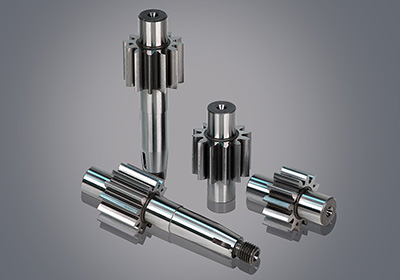
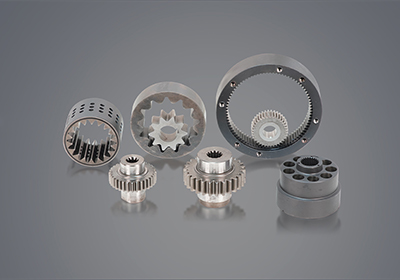
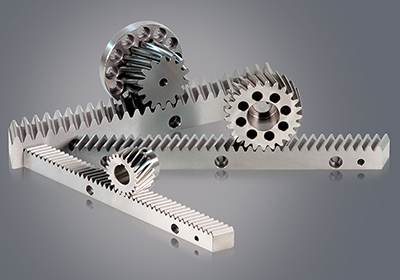
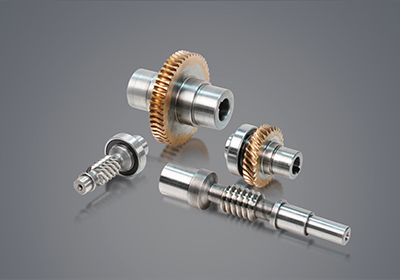


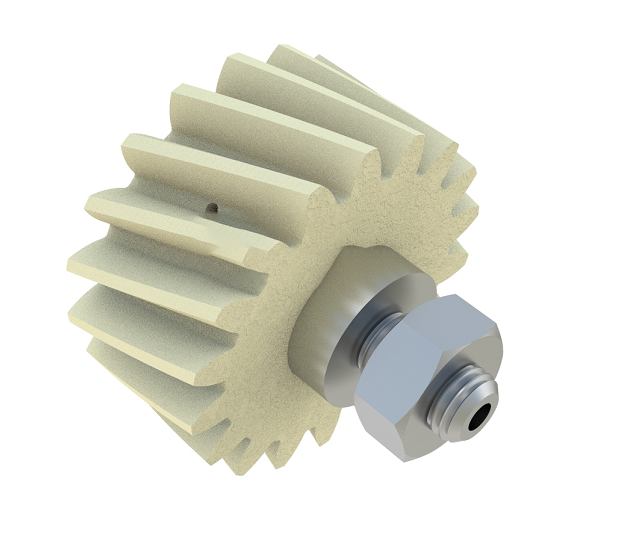
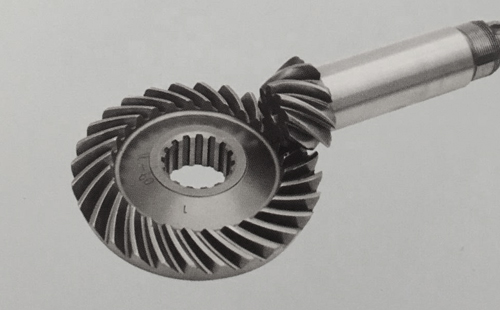
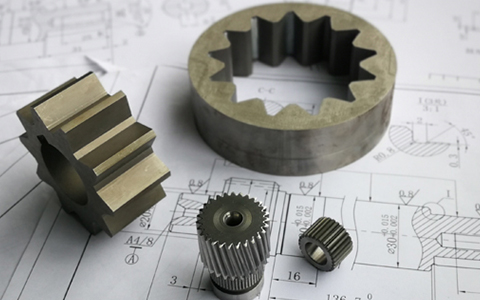
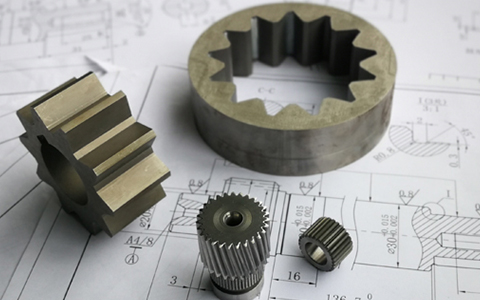
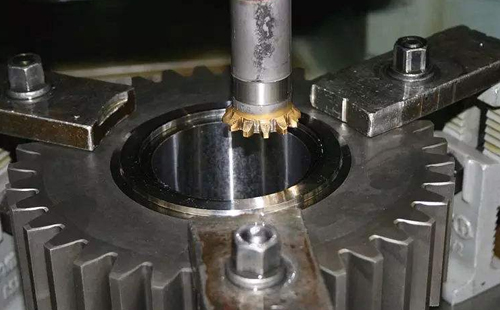
![Oil pump gear [customized]](ptogearboxes/xiaoE/upload/file/img/2020/10/5f9a8130d4e57.jpg)
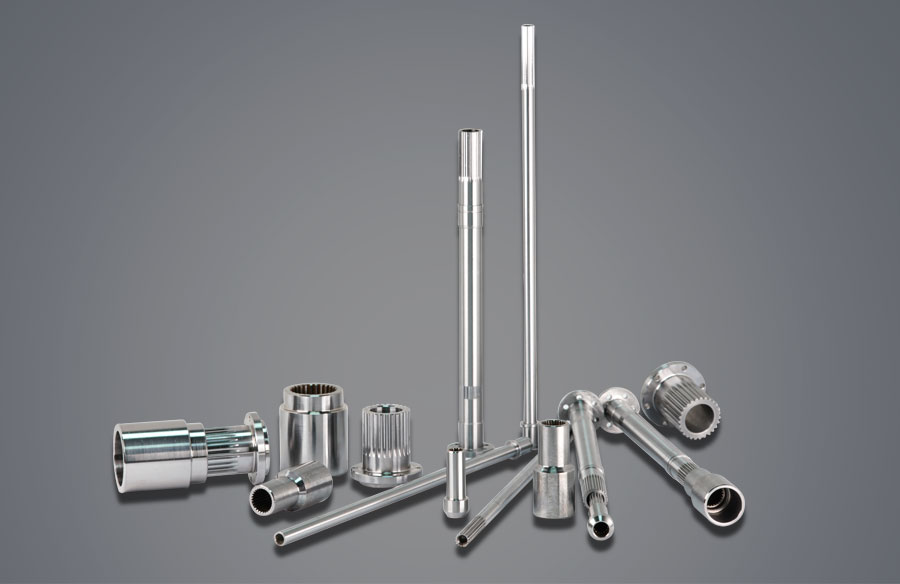
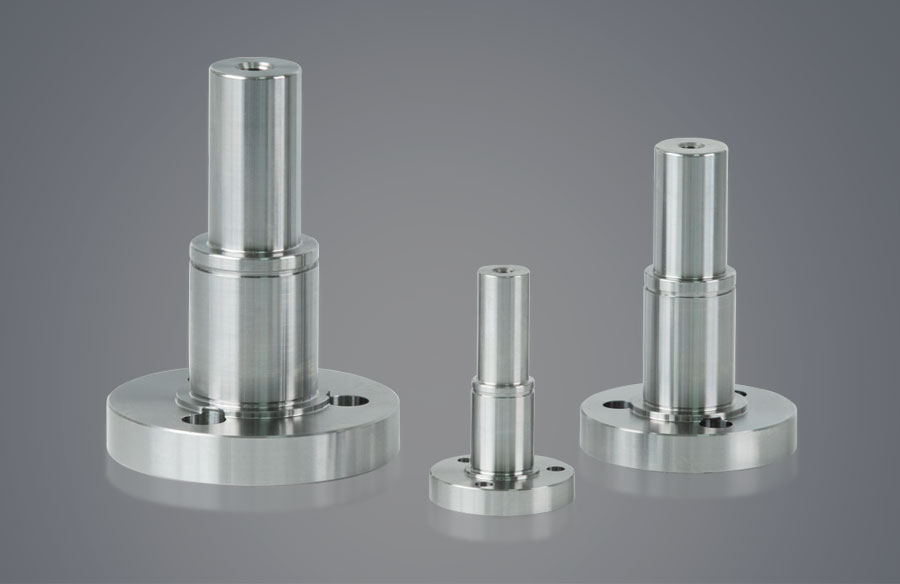
![Encoder gear [customized]](ptogearboxes/xiaoE/upload/file/img/2020/10/5f9a7c8ae4b27.jpg)
